当前位置:网站首页>Introduction to paddle - using lenet to realize image classification method I in MNIST
Introduction to paddle - using lenet to realize image classification method I in MNIST
2022-07-08 00:17:00 【Vertira】
MNIST The data set realizes image classification
One 、 Configuration environment
import paddle
print(paddle.__version__)
How to configure paddle You can search online , My blog also has , Here is a little
Load data : There are two ways : Custom data loading ( My previous blog has ), load paddled Data prepared on the official website
We are looking for the second way , Because it's convenient
Handwritten numbers MNIST Data sets , contain 60,000 Examples and for training 10,000 An example for testing . These numbers have been dimensioned and located in the center of the image , The image is a fixed size (28x28 Pixels ), Its value is 0 To 1. The official address of the data set is :http://yann.lecun.com/exdb/mnist .
We use the built-in... Of the propeller frame paddle.vision.datasets.MNIST complete mnist Data set loading .
from paddle.vision.transforms import Compose, Normalize
transform = Compose([Normalize(mean=[127.5],
std=[127.5],
data_format='CHW')])
# Use transform Normalize the data set
print('download training data and load training data')
train_dataset = paddle.vision.datasets.MNIST(mode='train', transform=transform)
test_dataset = paddle.vision.datasets.MNIST(mode='test', transform=transform)
print('load finished')
Take a piece of data from the training set and have a look .
import numpy as np
import matplotlib.pyplot as plt
train_data0, train_label_0 = train_dataset[0][0],train_dataset[0][1]
train_data0 = train_data0.reshape([28,28])
plt.figure(figsize=(2,2))
plt.imshow(train_data0, cmap=plt.cm.binary)
print('train_data0 label is: ' + str(train_label_0))
3、 ... and 、 networking
use paddle.nn Under the API, Such as Conv2D、MaxPool2D、Linear complete LeNet The construction of .
import paddle
import paddle.nn.functional as F
class LeNet(paddle.nn.Layer):
def __init__(self):
super(LeNet, self).__init__()
self.conv1 = paddle.nn.Conv2D(in_channels=1, out_channels=6, kernel_size=5, stride=1, padding=2)
self.max_pool1 = paddle.nn.MaxPool2D(kernel_size=2, stride=2)
self.conv2 = paddle.nn.Conv2D(in_channels=6, out_channels=16, kernel_size=5, stride=1)
self.max_pool2 = paddle.nn.MaxPool2D(kernel_size=2, stride=2)
self.linear1 = paddle.nn.Linear(in_features=16*5*5, out_features=120)
self.linear2 = paddle.nn.Linear(in_features=120, out_features=84)
self.linear3 = paddle.nn.Linear(in_features=84, out_features=10)
def forward(self, x):
x = self.conv1(x)
x = F.relu(x)
x = self.max_pool1(x)
x = self.conv2(x)
x = F.relu(x)
x = self.max_pool2(x)
x = paddle.flatten(x, start_axis=1,stop_axis=-1)
x = self.linear1(x)
x = F.relu(x)
x = self.linear2(x)
x = F.relu(x)
x = self.linear3(x)
return x
Four 、 The way 1: Based on high-level API, Complete the training and prediction of the model
adopt paddle Provided Model Build instance , Use the encapsulated training and test interface , Quickly complete model training and testing .
4.1 Use Model.fit To train the model
from paddle.metric import Accuracy
model = paddle.Model(LeNet()) # use Model Packaging model
optim = paddle.optimizer.Adam(learning_rate=0.001, parameters=model.parameters())
# Configuration model
model.prepare(
optim,
paddle.nn.CrossEntropyLoss(),
Accuracy()
)
# Training models
model.fit(train_dataset,
epochs=2,
batch_size=64,
verbose=1
)
Training results
The loss value printed in the log is the current step, and the metric is the average value of previous steps.
Epoch 1/2
step 938/938 [==============================] - loss: 0.0329 - acc: 0.9399 - 10ms/step
Epoch 2/2
step 938/938 [==============================] - loss: 0.0092 - acc: 0.9798 - 10ms/step
4.2 Use Model.evaluate To predict the model
model.evaluate(test_dataset, batch_size=64, verbose=1)
Eval begin...
step 157/157 [==============================] - loss: 4.4728e-04 - acc: 0.9857 - 8ms/step
Eval samples: 10000
{'loss': [0.0004472804], 'acc': 0.9857}
Way one ends
That's way one , Can quickly 、 Efficiently complete network model training and prediction .
Reference resources :
边栏推荐
- [C language] objective questions - knowledge points
- Kubectl 好用的命令行工具:oh-my-zsh 技巧和窍门
- The result of innovation in professional courses such as robotics (Automation)
- 浪潮云溪分布式数据库 Tracing(二)—— 源码解析
- 第四期SFO销毁,Starfish OS如何对SFO价值赋能?
- Su embedded training - day4
- 智慧监管入场,美团等互联网服务平台何去何从
- Binder核心API
- Stm32f1 and stm32cubeide programming example - rotary encoder drive
- Robomaster visual tutorial (11) summary
猜你喜欢
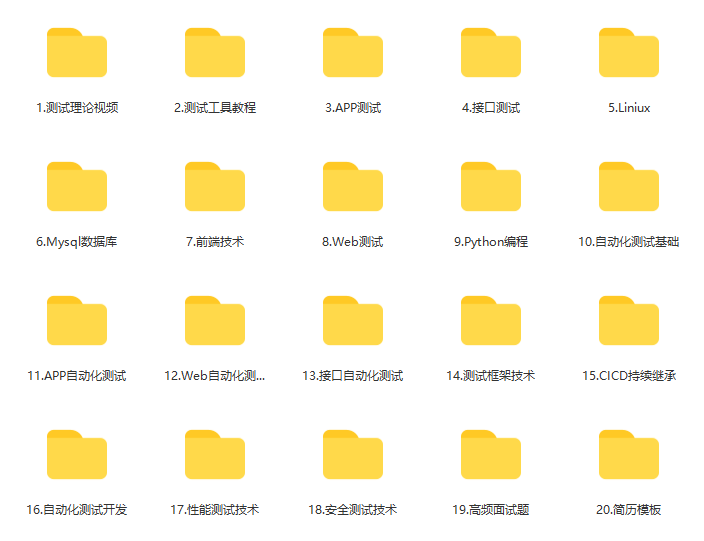
Seven years' experience of a test engineer -- to you who walk alone all the way (don't give up)
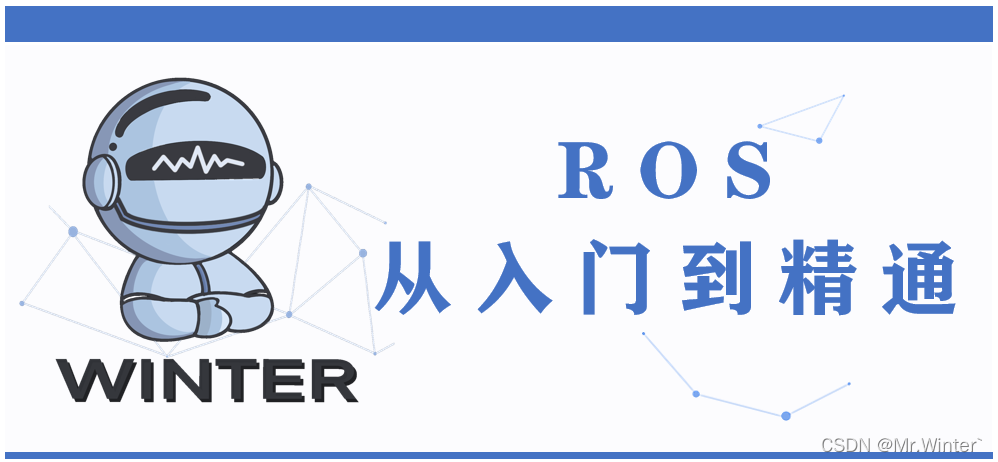
ROS from entry to mastery (IX) initial experience of visual simulation: turtlebot3
![[the most detailed in history] statistical description of overdue days in credit](/img/f7/5c3cbfec5b010171376ac122c704b2.png)
[the most detailed in history] statistical description of overdue days in credit
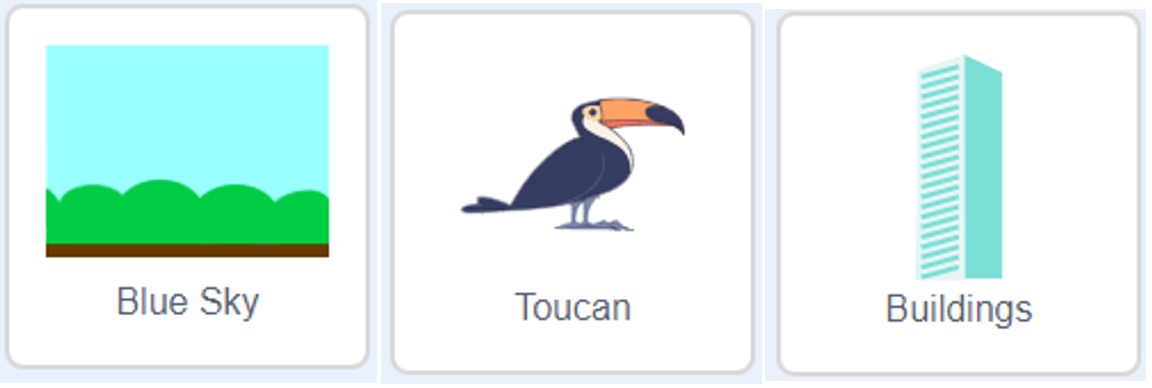
【編程題】【Scratch二級】2019.12 飛翔的小鳥
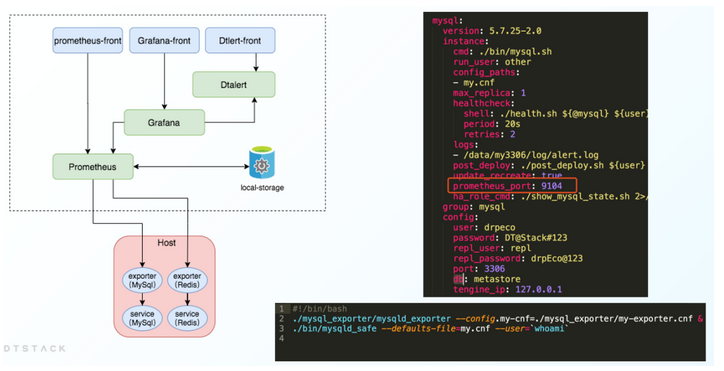
大数据开源项目,一站式全自动化全生命周期运维管家ChengYing(承影)走向何方?
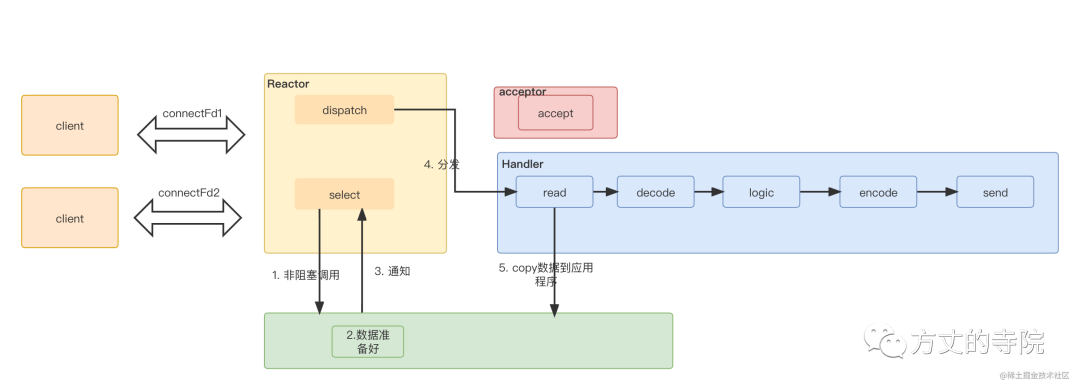
Single machine high concurrency model design

从Starfish OS持续对SFO的通缩消耗,长远看SFO的价值
![[programming problem] [scratch Level 2] December 2019 flying birds](/img/5e/a105f8615f3991635c9ffd3a8e5836.png)
[programming problem] [scratch Level 2] December 2019 flying birds

Zhou Hongqi, 52 ans, est - il encore jeune?

Ping error: unknown name or service
随机推荐
How to put recyclerview in nestedscrollview- How to put RecyclerView inside NestedScrollView?
玩转Sonar
Ping error: unknown name or service
How to add automatic sorting titles in typora software?
从服务器到云托管,到底经历了什么?
RPA cloud computer, let RPA out of the box with unlimited computing power?
Binder核心API
智慧监管入场,美团等互联网服务平台何去何从
Install sqlserver2019
QT creator add JSON based Wizard
80% of the people answered incorrectly. Does the leaf on the apple logo face left or right?
备库一直有延迟,查看mrp为wait_for_log,重启mrp后为apply_log但过一会又wait_for_log
Jouer sonar
The difference between get and post
A brief history of information by James Gleick
Anaconda+pycharm+pyqt5 configuration problem: pyuic5 cannot be found exe
测试流程不完善,又遇到不积极的开发怎么办?
Solutions to problems in sqlserver deleting data in tables
Common selectors are
Installation and configuration of sublime Text3